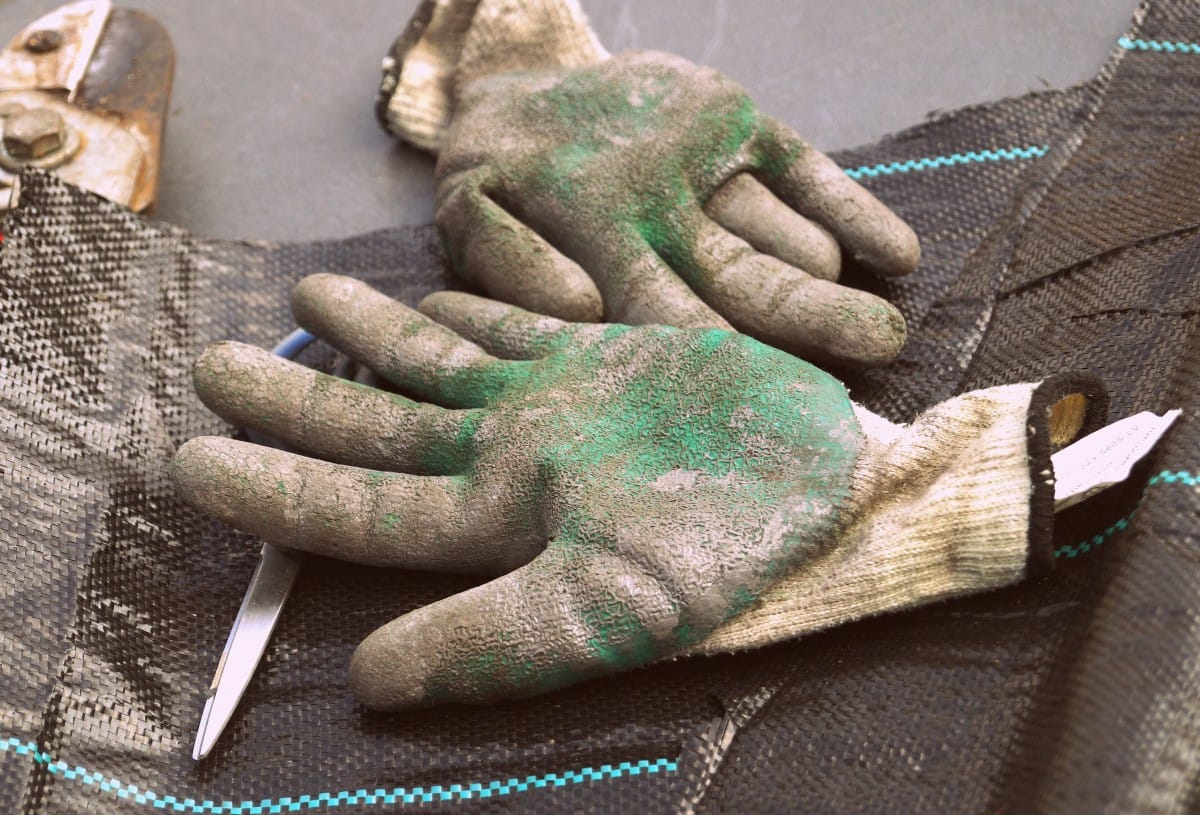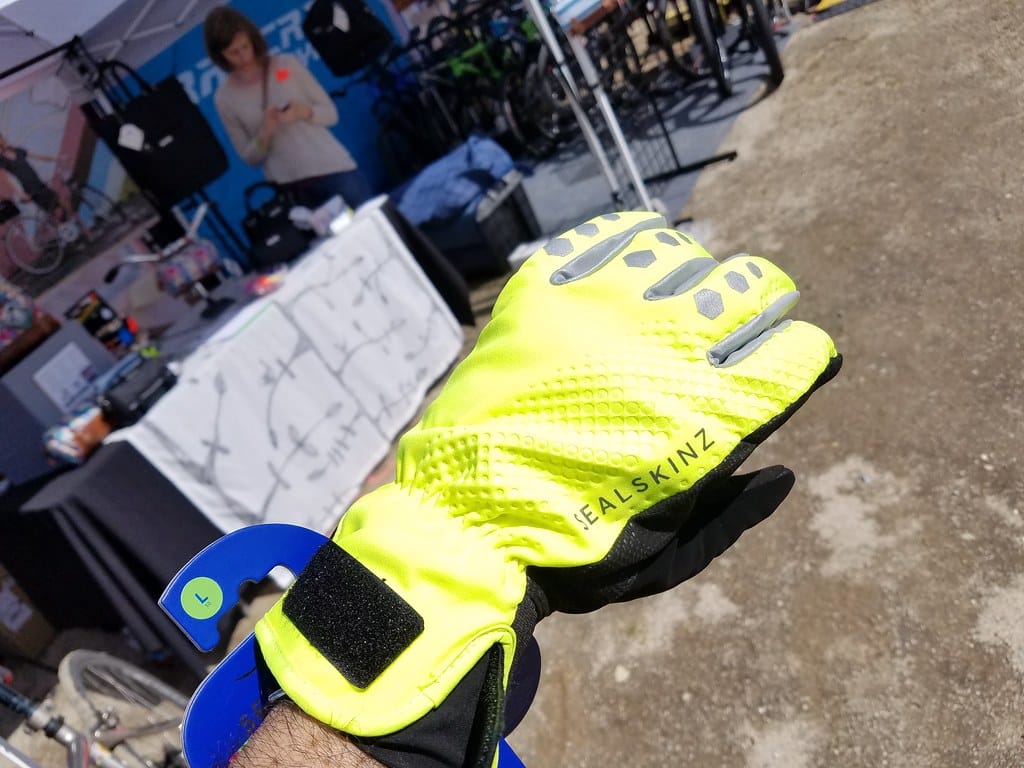
Chemical handling without the correct gloves is a serious and often underestimated risk. Burns, toxic absorption, and chronic skin conditions can result from using the wrong PPE. Selecting gloves isn’t about picking “any waterproof option”—it’s about matching glove material to specific chemicals, concentrations, and exposure time. Getting this wrong leads to injuries, OSHA fines, and production delays.
Chemical-resistant gloves protect workers from hazardous chemicals by preventing skin contact and absorption. Materials like nitrile, neoprene, PVC, and PVA each have strengths against specific chemicals. OSHA 29 CFR 1910.138 and EN 374 require glove selection based on hazard assessment, exposure time, and permeation resistance. Always check compatibility charts before buying.
Why Chemical Protection Matters
- 30% of chemical-related workplace injuries involve hands.
- Skin exposure to chemicals can cause:
- Severe burns and tissue damage
- Systemic poisoning from absorption
- Allergic reactions or dermatitis
- OSHA mandates that employers provide gloves based on specific chemical hazards, not generic categories.
Real-World Incidents:
Case #1 – German Chemical Plant:
Workers wore thin nitrile gloves while cleaning with caustic soda. Gloves failed after 8 minutes, causing third-degree burns. Medical expenses: €68,000, plus a week-long shutdown. Prevention: switch to EN 374 Type A neoprene gloves.Case #2 – Mexican Automotive Facility:
PVC gloves were used for ketone solvents during paint prep. PVC offers no resistance to ketones, leading to chemical absorption and hospitalization. OSHA fine: $12,500; production loss: $40,000. The right choice? Butyl gloves, which resist ketones.Case #3 – U.S. Laboratory Incident:
A technician assumed nitrile disposable gloves protected against HF acid. The acid penetrated in under a minute, causing deep tissue burns requiring skin grafts. Correct PPE: PVA or multi-layer laminate gloves.
Understanding Standards for Chemical Gloves
OSHA 29 CFR 1910.138
- Employers must assess:
- Chemical identity (not just “acid” or “solvent”)
- Concentration and temperature
- Exposure duration (splash vs immersion)
EN 374 (Europe)
- Specifies chemical permeation resistance with 3 performance types:
- Type A: ≥30 min against 6 test chemicals
- Type B: ≥30 min against 3 chemicals
- Type C: ≥10 min against 1 chemical
- Gloves are marked with flask symbol + code letters for tested chemicals.
Choosing the Right Glove Material
| Material | Best For | Limitations |
|---|---|---|
| Nitrile | Oils, mild solvents, grease | Poor protection vs strong ketones or aromatics |
| Neoprene | Acids, caustics, alcohols | Lower resistance to certain hydrocarbons |
| PVC | Dilute acids, alcohols, detergents | Breaks down with ketones and aromatic solvents |
| PVA | Aromatic/chlorinated solvents | Fails in water-based environments |
| Butyl Rubber | Ketones, esters, strong oxidizers | High cost, reduced dexterity |
| Laminated Gloves | Multi-chemical protection | Limited grip and flexibility |
Buyer Tip: Glove thickness and lining affect protection. Thicker gloves offer longer breakthrough times but reduce dexterity.
Chemical Compatibility: Why It’s Critical
- A glove that works for sulfuric acid may fail against hydrofluoric acid.
- Temperature accelerates chemical penetration by up to 3x.
- Mixtures can degrade gloves faster than single chemicals.
Compatibility Data Snapshot:
| Chemical | Best Material |
|---|---|
| Sulfuric Acid | Neoprene, PVC |
| Acetone (Ketone) | Butyl Rubber |
| Toluene (Aromatic) | PVA |
| Hydrofluoric Acid | Multi-layer laminate |
Common Mistakes Buyers Make
- Ordering “acid gloves” without checking specific chemical compatibility.
- Assuming disposable nitrile gloves = universal protection.
- Skipping cuff length considerations, leaving wrists exposed.
- Ignoring EN 374 or ASTM labels when selecting PPE.
The Hidden Cost of Wrong Gloves
- Direct injury treatment: $20,000–$80,000
- OSHA penalty: up to $15,625 per violation
- Downtime: 3–10 days minimum
- Reputation risk: Non-compliance can lead to contract loss in pharma/chemical sectors.
Audit Insight: 65% of glove-related chemical accidents were traced to buyers skipping compatibility checks.
Quick Procurement Checklist
- [ ] Identify exact chemical (from SDS) + concentration
- [ ] Select gloves certified to EN 374 / ASTM F739
- [ ] Verify compatibility chart for breakthrough time
- [ ] Consider task type (splash vs immersion)
- [ ] Choose correct length, cuff style, and thickness
- [ ] Obtain supplier certificates and performance data
Buyer FAQ
Q: Can I use disposable gloves for chemical handling?
A: Only for very short contact and low-risk chemicals. For strong acids or solvents, use heavy-duty chemical gloves.Q: Do gloves provide full protection against all chemicals?
A: No. Always match glove material to the specific chemical and application.Q: How often should gloves be replaced?
A: After each use in high-risk settings or immediately if exposed beyond tested limits.
Additional Buyer Insights
- For unknown or mixed chemicals, choose laminated multi-layer gloves for broad-spectrum resistance.
- Provide worker training—70% of glove failures result from misuse.
- Store gloves away from heat and UV to prevent material degradation.
Conclusion
Chemical-resistant gloves are not interchangeable. Compliance requires precise selection based on chemical compatibility, standards, and task requirements. Cutting corners costs more than doing it right the first time.
Need certified EN 374 chemical gloves, compatibility charts, and expert procurement support?
📩 Email: [email protected]
🌐 Website: www.workwearsolutions.net
Zion Zhang
Recent Posts
 Fatigue-Monitoring Smart Vests2025年12月23日Data-Driven Fatigue Prevention for Food Processing and Cold […]
Fatigue-Monitoring Smart Vests2025年12月23日Data-Driven Fatigue Prevention for Food Processing and Cold […] 100-Wash Antimicrobial Durability: Long-Lasting Hygiene Protection for Food and Healthcare Industries2025年12月20日Food processing plants and healthcare facilities are […]
100-Wash Antimicrobial Durability: Long-Lasting Hygiene Protection for Food and Healthcare Industries2025年12月20日Food processing plants and healthcare facilities are […] Future Reflective Materials: Adaptive Visibility for High-Mobility and High-Risk Work Environments2025年12月19日Modern industrial workplaces are evolving rapidly. […]
Future Reflective Materials: Adaptive Visibility for High-Mobility and High-Risk Work Environments2025年12月19日Modern industrial workplaces are evolving rapidly. […] Next-Gen FR Fabrics: Lighter, Softer, and More Durable Flame-Resistant Workwear for Long Shifts2025年12月18日For decades, flame-resistant (FR) workwear has been […]
Next-Gen FR Fabrics: Lighter, Softer, and More Durable Flame-Resistant Workwear for Long Shifts2025年12月18日For decades, flame-resistant (FR) workwear has been […] Nano-Coatings Reduce Washing Frequency: Smarter Workwear for Cleaner, More Efficient Operations2025年12月17日Industrial workwear is no longer evaluated solely on […]
Nano-Coatings Reduce Washing Frequency: Smarter Workwear for Cleaner, More Efficient Operations2025年12月17日Industrial workwear is no longer evaluated solely on […] Self-Healing Fabrics: The Future of Durable Protective Workwear in Extreme Industries2025年12月16日Self-healing fabrics represent one of the most […]
Self-Healing Fabrics: The Future of Durable Protective Workwear in Extreme Industries2025年12月16日Self-healing fabrics represent one of the most […]
CONTACT US
- Feel free to contact us any time. We will get back to you as soon as we can!
- +86-17330061805
